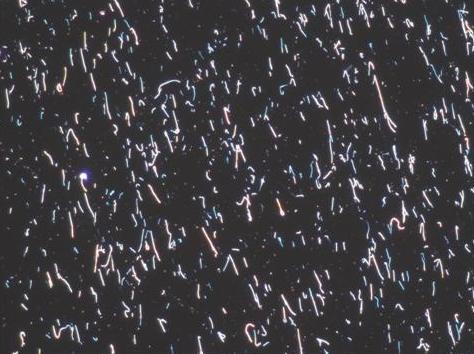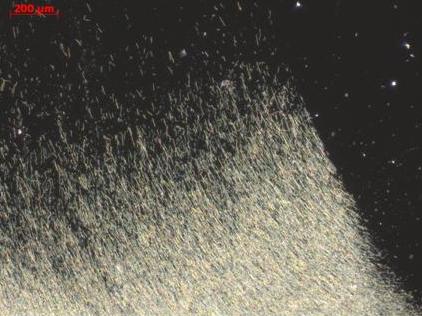Every year, we accept one or two undergraduate students to do part time research in our lab. Please contact Prof. Gao if you are interested. In addition, we sponsor some undergraduates to work on their senior projects in our lab. Below are examples of some previous senior projects.
Large Scale Graphene Transistor Arrays
Student: Mike MacDonald
Abstract: Graphene, a single atomic sheet of carbon atoms, was recently isolated by isolating single layers of graphite and received tremendous interest in electronic applications. The widely used mechanical exfoliation method of graphene, however, is uncontrolled and not useful for manufacturing large scale electronics. We will explore various contact printing methods for producing large scale graphene transistor arrays. The goal is to achieve few layer or single layer graphene transistor arrays on centimeter size silicon wafer with high yield.
Nanowire Transistors for DNA Sensing
Student: Lily Stanley
Abstract: Nanowires are emerging as novel materials for device applications. In this project we will employ nanowire transistors as sensors for biomolecule detection. The specific goal is to achieve highly sensitive and sequence specific detection of single strand DNAs. We will synthesize nanowires through a ‘bottom up’ (chemistry-based) approach and fabricate nanowire transistors using lithography techniques. Both physical adsorption and covalent bonding will be explored to attach probe peptide nucleic acid (PNA) onto nanowire surface to capture the target DNA. Electrical measurement of the nanowire transistor will be used to detect and study DNA hybridization. Effects like base mismatch between probe and target strands and charge screening in ionic solutions will be investigated as DNAs hybridize/dehybridze on nanowire surface. Students will gain experience in several research areas including material chemistry, nano-electronics, and biophysics.
Research Projects for High School Students
Every year, we host one or two high school students to perform research on nanoscience and technology in our lab. The projects for high school students are designed in the way that the high school student is expected to take a lead role in accomplishing the project, after some initial training and supervision from fellow graduate students in lab. An example of projects for high school researchers is given below.
Assembly of Nanowires (picture credit: Peter Mintum of Hawken School)
Nanowires are likely to be important components of the transistors and other nanoelectronic devices of the future. However, these nanowires must be manipulated with extreme precision and accuracy to construct functional devices. This work focused on methods of manipulating nanowires at the nanoscale, to compare the effectiveness of three general alignment techniques: fluidic flow alignment, mechanical transfers, and dielectrophoretic alignment. Some representative results of these three assembly techniques are below. It appears that the ac electric field induced dielectrophoresis assembly has the greatest control and yield. The next step, we will work on building up large scale device arrays from this assembly method.

nanowire alignment by microfluidic flow


nanowire alignment achieved by mechanical transfer

ac electric field (0.1MHz, 2V) manipulation and alignment of nanowires
